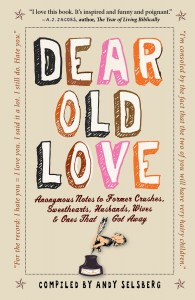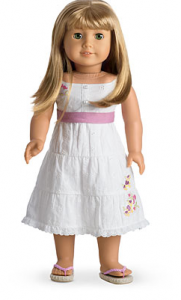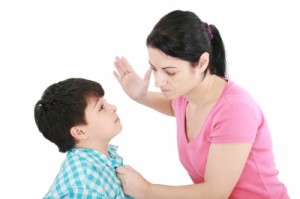I’ve tried to get my husband into therapy for years – and failed miserably. Why is it that those who are most in need of psychological help are the least able to see it?
Anyway, when I saw an advertisement asking for married couples to participate in a UCSB study on close relationships, I jumped at the chance to get my husband on the couch, even if it was only under the guidance of some 19-year-old psychology students. Not only would Zak finally have the opportunity for some long overdue self-reflection (contemplating one’s navel doesn’t count), but also there was 60 bucks in it for us if we attended two sessions.
Talk about a win-win. They even promised us free parking and snacks.
It was surprisingly easy to talk Zak into going. He was actually excited. On our drive out to UCSB he said, “When they ask about our occupations, do we fight crime or do crime?”
“Honey, I think you should just tell the truth and get as much out of the session as you can,” I said.
“Right. We fight crime,” he said.
Yeah, sure. Whatever gets you onto that couch, dear.
After a brief introduction by a spectacled graduate student in a white lab coat who was, I swear, no more than 14 years old, Zak and I were put into two separate rooms to do some tests.
The first exercise was a series of questions about our relationships. We had to weigh our answers on a scale of one (where you strongly disagreed with the statement) to seven (where you strongly agreed with the statement) or a scale of one (I’m not at all like my mother, how dare you) to nine (I’m exactly like my mother, so deal with it) and so on.
I immediately became utterly and thoroughly confused.
I contemplated using my cell phone to call Zak in the room next door to help me with the test. Would wanting to work together show that we had a healthy relationship or that I was being a complete neurotic idiot? I reminded myself that there couldn’t possibly be any “wrong” answers, and tried to answer the questions the way a healthy person would, giving myself props for refraining from calling Zak as I opened my veins and sweated out answers.
A sample question: “How much time do you spend thinking about your relationship with your spouse?” Does wishing he looked like Brad Pitt count?
Or how about this one, “In my conversations with others, I don’t like to talk about things that don’t interest me.” Who likes to talk about things that don’t interest them? I find boredom extremely exciting, but only if I get to use the time to fantasize about Brad Pitt.
So far this study wasn’t really doing much to bring me closer to my husband, although we did go out to lunch with our stipend.
For our final session, they flipped a coin to decide which spouse would do which activity. Zak got to do a puzzle (something that’s incredibly fun and easy for him) while I had to give a speech (something that’s exceptionally painful and stressful for me).
Hmmm … I wondered just how random that little coin toss was as I contemplated my speech instructions, to fill five minutes, as though I were on an interview for my ideal job. While I can fill thousands of column inches writing about myself, actually talking about myself for five minutes felt like an eternity. Luckily Zak stepped in with some questions, coaxing me into describing how working no more than 25 hours a week would benefit my future employer (I’d be in such a good mood if I could sleep in till 9 every morning!) and why the loan of a company car (preferably a convertible) would help reduce my stress and therefore enhance my creativity.
The researchers found our silly banter to be symptomatic of a healthy relationship. Who knew? We later found out that we had been observed by the psych team the whole time. Thank goodness we didn’t turn the waiting room into a “What’s the craziest place you’ve ever made whoopee?” response, as my husband had suggested earlier.
They explained that the study was designed to help understand how spouses help each other cope with stressful life events and how that relates to marital satisfaction.
I didn’t have the heart to tell our grad student (who actually was 24, even if she looked 12) that the tests weren’t really that stressful, especially when she seemed so pleased with our performance. When Zak and I reviewed our answers we found that despite our contention that his father and my mother would make a terrible couple, we were actually more alike that we thought.
If he’s more like me than I thought, maybe he doesn’t really need therapy after all.
I told Zak, column comedy opportunity aside, participating in the study actually left me feeling pretty good about our relationship.
“That’s good,” he said, “because it really took very little work on my part.”
And that just might be the real secret to a healthy close relationship. That and fighting crime together.










